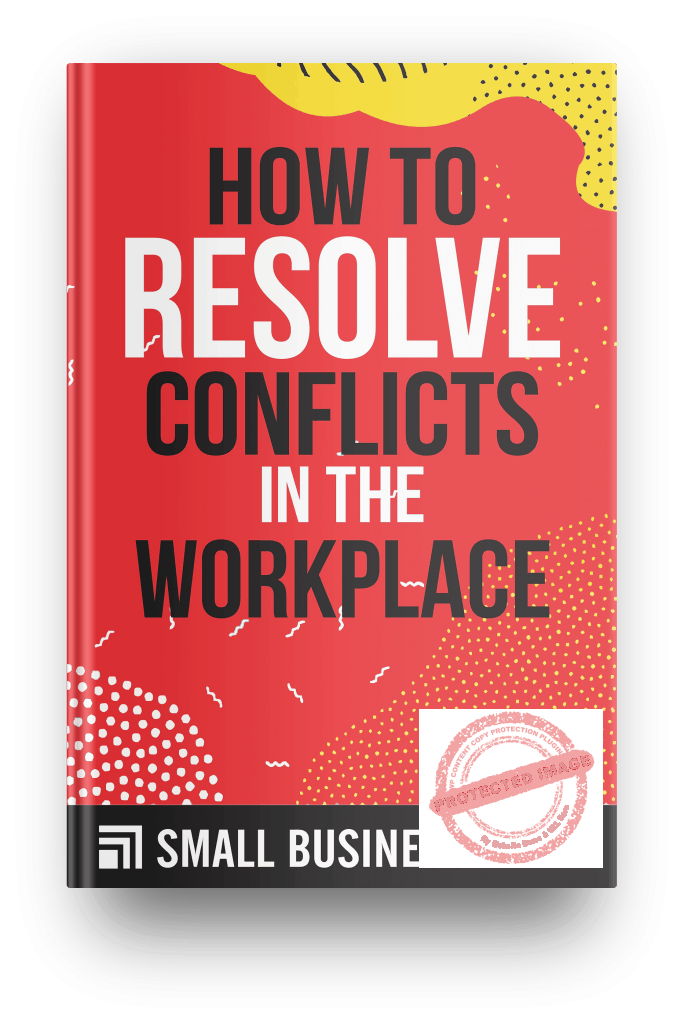Picture this; a near-violent raucous is happening between two employees of yours, it is up to you to resolve it, what do you do? It is important to note that conflicts and disagreements are inevitable especially when you are running a business or leading a team. So, understanding how to resolve conflicts in the workplace is crucial.
No matter how hard you try to avoid confrontation and conflict, you can’t still escape from it.
The problem with unresolved issues at work is that these can have a negative impact on everyone’s performance and subsequently, the business.
Conflicts can lead to job dissatisfaction, general unhappiness, depression, and hopelessness.
Not knowing how to manage conflict in your team can trigger other serious issues, like aggression, withdrawal, resignation, and violence.
Improperly managing or resolving conflict at the workplace can also result in deeper problems, including high employee turnover, deficits in company culture, and absenteeism.

To prevent these issues, arm yourself with information on how to deal with conflict right from the start of running your business.
Also, familiarize yourself with the most common workplace conflicts, including the following.
This will give you an idea of what to avoid.
Conflict In Communication Styles

This common conflict in the workplace might lead to poor communication if not resolved.
If your team members continue to use and implement different communication styles, and no attempt is made to understand each person’s communication styles, then it is possible for misunderstandings to ensue.
Culture-based Conflict

Conflict with a co-worker may also arise because of cultural differences.
Remember that every workplace is composed of people with different values and perceptions about the world.
Avoiding conflicts based on culture and values is possible by creating a working environment that accepts and understands the differences.
Conflict Of Interest
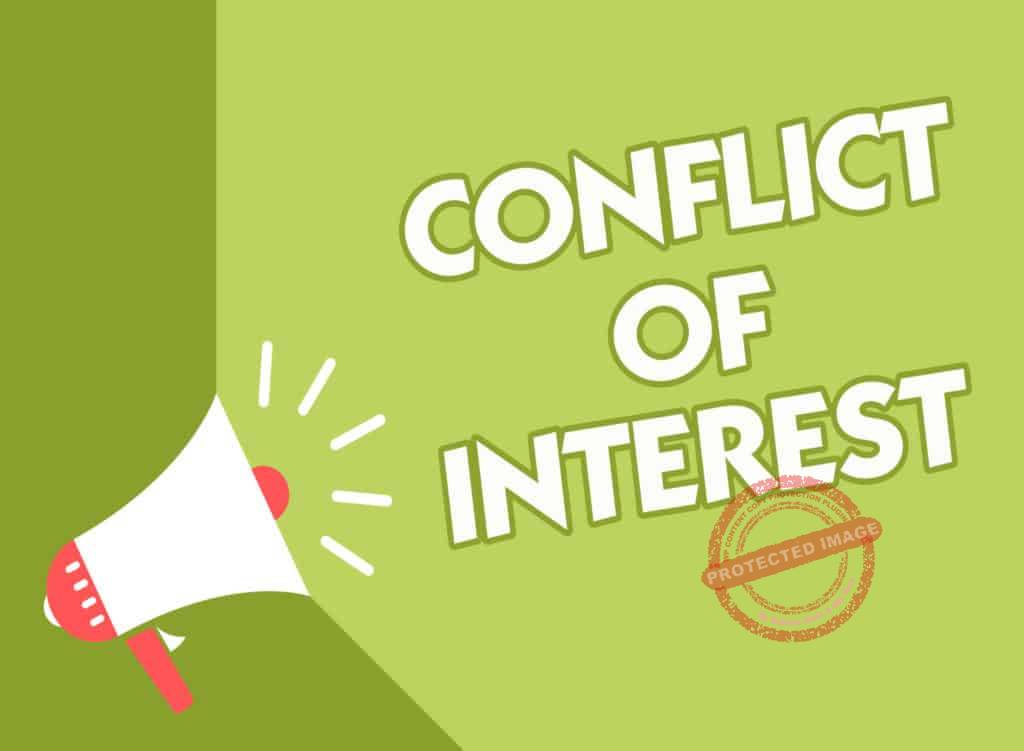
Differing interests is also one reason why conflict with a co-worker is inevitable.
This often occurs when your individual employees focus on their personal goals instead of the well-being and goals of your organization.
Resource-based Conflict
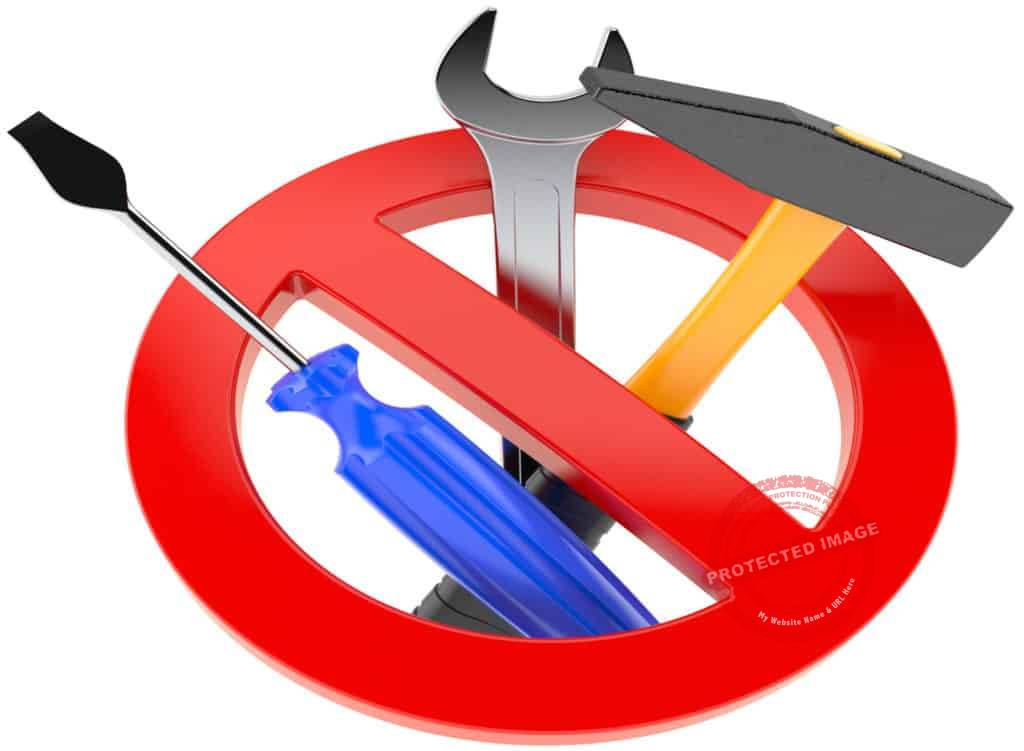
Whether you are a team leader or a business owner, there are instances when you need to find ways to resolve conflicts brought on by the scarcity of resources in your workplace.
In some cases, workers feel like they need to compete in order to use the available resources for their job.
In a work environment with scarce resources, this problem might cause conflicts.
This happens even if everyone knows that the company is lacking in resources.
Performance-based Conflict
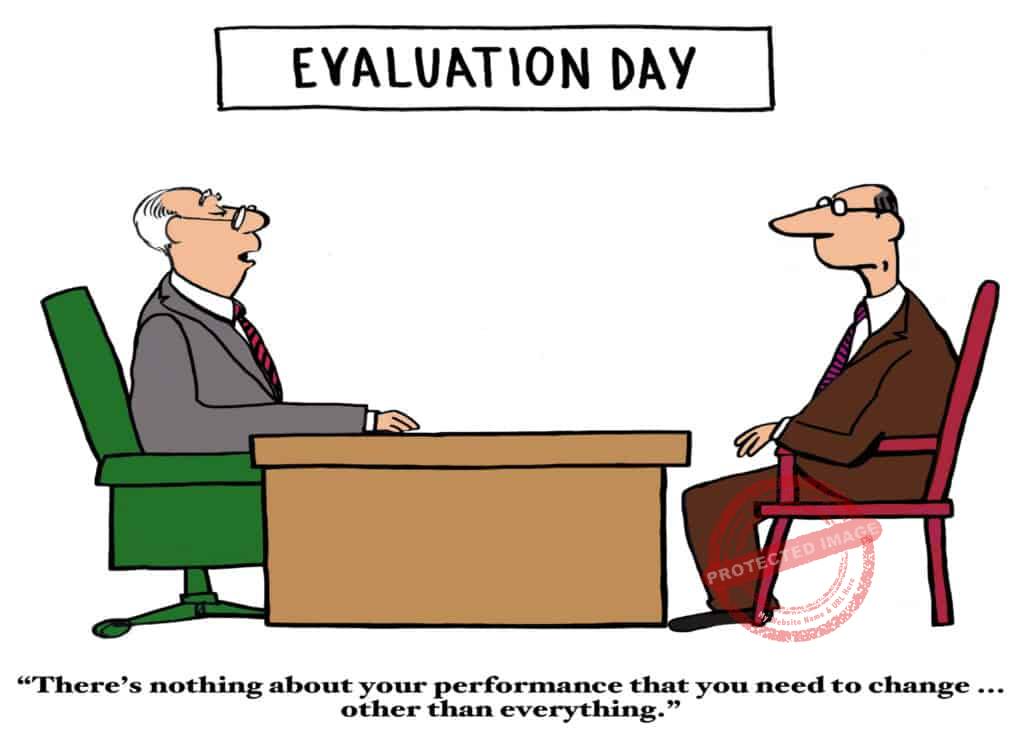
Managing conflict in your team based on performance should also be on top of your priority list if you want to lead your team to success.
This type of conflict usually happens when at least one person within a work unit delivers a poor performance.
Left unaddressed, this might lead to conflicts that are difficult to handle.
Personality Clashes
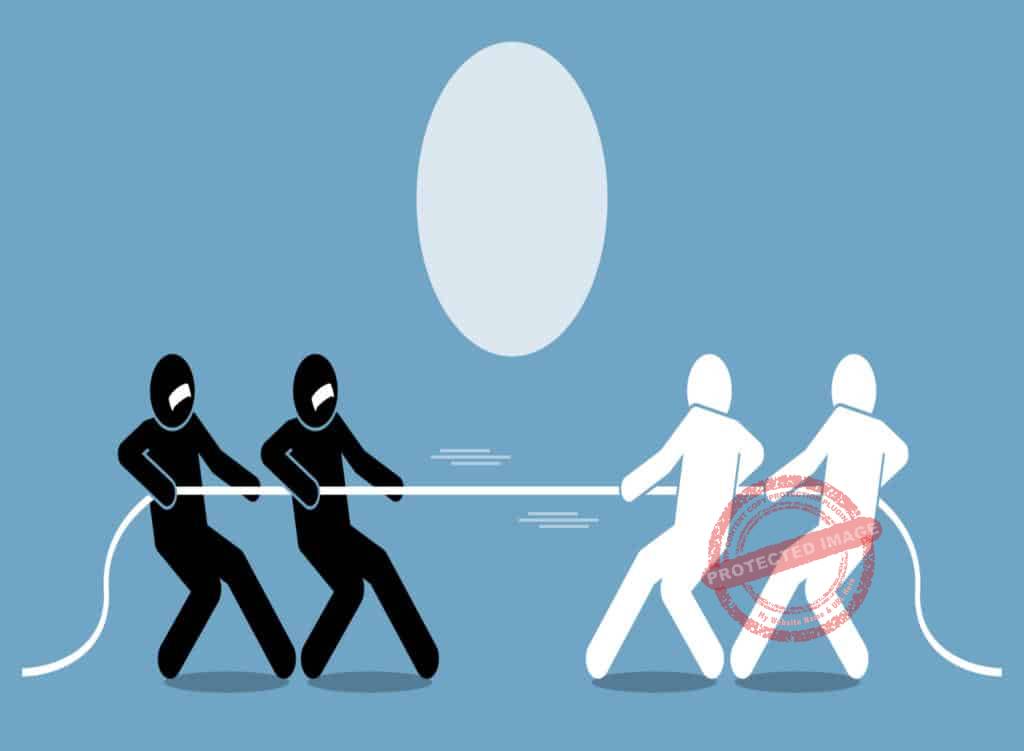
When learning how to resolve conflict in the workplace, you have to keep in mind that all workplaces consist of people with different personalities.
You can prevent personality clashes if everyone accepts and understands each other’s approach when it comes to solving problems and doing their job.
Avoiding these common workplace conflicts should be on top of your priority when trying to establish your company’s culture.
However, remember that you can’t totally prevent these issues from happening.
That said, you need to learn ways to resolve conflict and disputes to create a more enriching and positive workplace for your team.
Different Conflict Management Styles
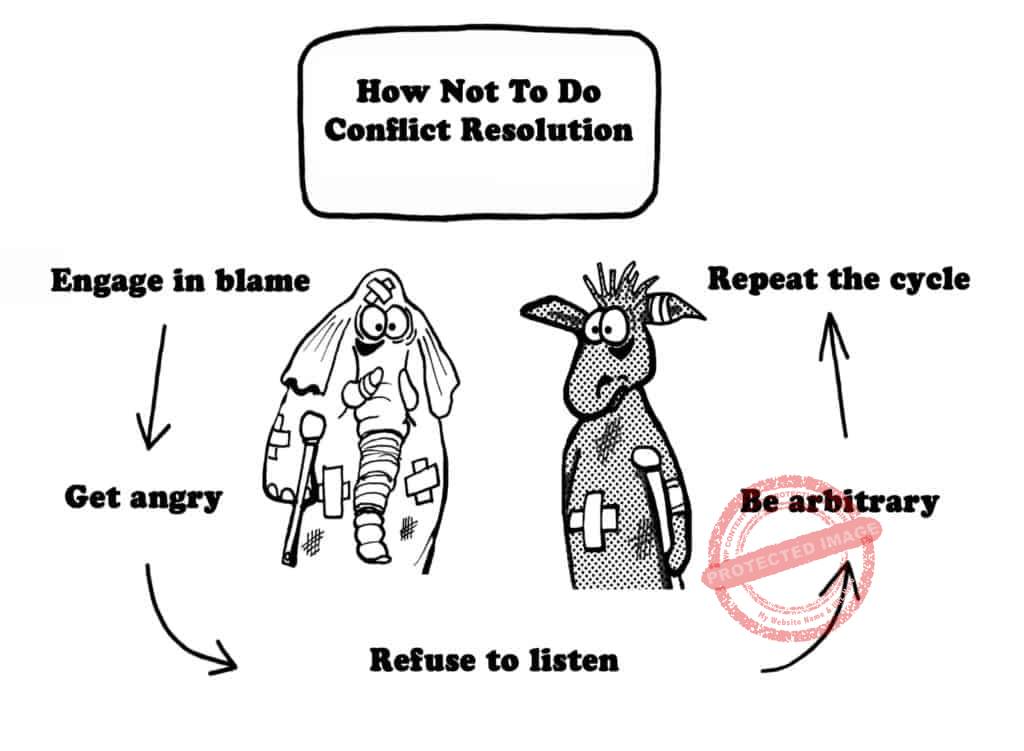 You can use different conflict management styles to help you in managing conflict in your team or small business.
You can use different conflict management styles to help you in managing conflict in your team or small business.
When overcoming team conflict, remember that whether it is healthy or unhealthy, it still requires your attention.
Healthy conflict happens when there are differences of opinion about work-related activities or tasks.
You can leverage or facilitate this for gain.
Unhealthy conflict, on the other hand, tends to be more personal in nature.
You need to extinguish it right away; otherwise, it might jeopardize your workplace.
Regardless if it is the healthy or unhealthy kind, you can use the following conflict management styles to resolve your workplace problems:
Collaboration
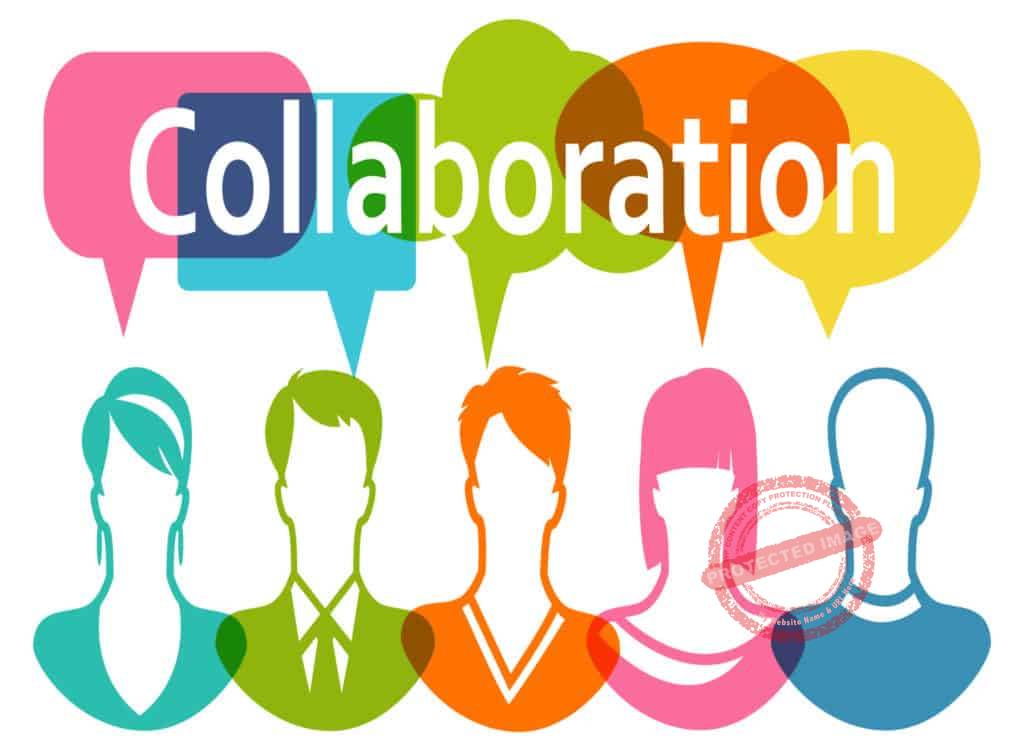
The collaborative approach of dealing with conflict requires you, as the manager or leader, to work with the ones involved.
This is necessary for creating a solution that can benefit everyone.
This approach focuses on looking for a solution to conflicts that can meet everyone’s requirements.
You will find this conflict management style suitable for not so urgent situations as well as those scenarios that require important decision-making.
It is also effective in coping with conflict that involves several people.
You will also find it useful in case all your past conflict resolution efforts failed.

If you want this style to work then ensure that you gather as many facts as possible.
You also need to relate the conflict to the team or organizational needs. Choose a private setting to conduct the session.
Ensure that you base it on honesty and openness, too.
Another thing that you should do if you want collaboration to work in resolving conflict at your workplace is to document the issues or concerns.
The same goes for the dates and resolution. Once done, ask everyone involved to sign the documentation.
Competition

You can also use the competitive approach in overcoming team conflict.
This style works under the principle that whoever has the firmest stand during the discussion of the issue will win.
Competing is a good solution to disagreements. The problem is that it seems to be a more aggressive approach than the others.
Some of those who are part of the conflict may even feel like they are being taken advantage of.
Despite the mentioned drawbacks, it is still an effective approach for those situations that require quick decision-making.
It also works in case you feel like one of those involved tries to take advantage of the situation.
It is not a good approach for not so urgent situations as well as when those involved feel sensitive about the issue.
Compromise

Another style for managing conflict at work is compromising.
This involves negotiating larger points and letting go of smaller ones.
The good thing about compromising is that it expedites the process of resolving conflicts and disagreements at the workplace.
However, be careful when using this technique as there are those who compromise by using passive-aggressive tactics.
They use these techniques as a means of misleading the other party.
Also, take note that compromising needs cooperation and assertiveness.
It is compatible with situations that require a temporary solution to conflicts and when both parties have goals that are equally important.
Accommodation

This conflict resolution style happens when one forsakes his own desires or needs in exchange for the needs of others.
For instance, if you are involved in the conflict then you might need to put the concerns and needs of others first.
It happens when you give in or someone persuades you to give in.
Accommodation in a workplace is suitable for resolving issues or conflicts that you do not care too much about.
It is also appropriate in those situations that require peaceful resolutions or when you feel like you were the one who committed a mistake.
Avoidance
 As the name suggests, the avoidance style can be implemented by completely evading or avoiding conflicts.
As the name suggests, the avoidance style can be implemented by completely evading or avoiding conflicts.
This means not pursuing your own beliefs as well as the beliefs of those involved in the issue.
It takes place when you postpone or let go of the conflict completely.
The avoidance approach is suitable for trivial conflicts.
You can also use it if you have no time to think or if you are concerned that others will resent you.
In addition, it is a good approach in case you feel like you have zero chances of winning an argument.
To determine which conflict management style suits you, find out your default patterns.
It is also advisable to use a scenario-based approach to pick the more effective style of resolving conflict in your workplace.
Test its effectiveness first to determine if it suits you.
How To Deal With Conflict: Other Tips That Work

If you want to lead a team or manage a business well, then building your skills in conflict management and resolution is necessary.
Your strong knowledge about this topic can repair any cracks in a relationship.
Also, take note that top leaders and performers in the industry are those who can strengthen their relationships with others by resolving issues as soon as they arise.
Having skills in resolving conflicts allows you to get things done even if you are dealing with tough situations.
You can also use such knowledge and skills in bringing your people together.
Among the things that you have to learn and understand are the different conflict management styles.
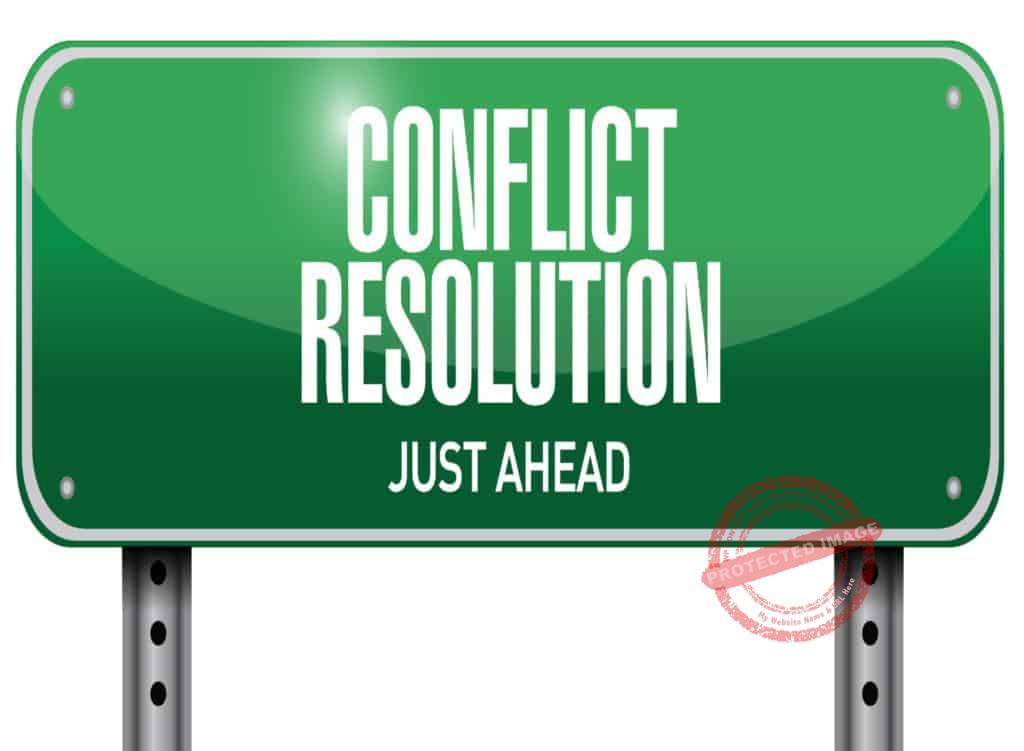
It is also advisable to study and implement other general but effective tips to avoid confrontation and conflict in the workplace, such as the ones below.
With the help of these conflict management and resolution strategies, you will be on your way towards leading your team successfully while maintaining peace.
You can also use these strategies to advance your career as a business leader or manager.
Remove Emotions

One important thing that you have to do when trying to decipher how to resolve or handle conflicts in your workplace is to avoid succumbing to your emotions.
You have to remove or let go of emotions as much as possible.
Note that handling disagreements and conflicts might envelop you in emotions.
If you let emotional components get in the way of resolving the issue, you might just escalate it, instead of stopping it.
As a leader, you have to be the calming force during this tough situation.
Be the bigger person by acting calm and ensuring that you are not biased when handling the situation.
Remember that most conflicts tend to be too emotional.
That said, you have to do everything to display a calm and unbiased attitude and use an approach that will not put anyone at a disadvantage.

It is possible to display this attitude and approach by slowing down your speech and using a softer tone of voice.
Raising your awareness about your own feelings can help, too.
Furthermore, your body language needs to be more open and inviting.
If you catch yourself succumbing to your emotions, causing you to contribute to the issue, stop yourself right away.
Be reminded of the specific reason why you need to handle the situation in a way that you are devoid of emotions and biases – and that is to resolve the conflict.
Establish Respect

In most cases, conflicts tend to cause negative emotions to linger, leading to the involved parties losing respect for one another.
As a leader in your workplace, to resolve the conflict, your goal is to bring back their respect.
Begin the resolution correctly by trying to re-establish respect and courtesy that all involved deserve.
Thank everyone first for agreeing to participate in the discussion and state right away that you intend to understand each one’s perspective.
Doing this will immediately set the right tone during the meeting.
Also, ensure that you show them how you respect the emotions of each one.
Focus your discussion and phrasing around actions and behaviors, instead of the ones involved.
Avoid making the discussion look like there is a personal attack.
If one of those involved feel like you are attacking him personally then it is possible for him to get defensive, thereby derailing the progress of resolving the issue.
Understand The Emotional Responses Of The People Involved

Ensure that you evaluate their emotional responses, too.
Keep in mind that some employees have strong emotional responses to workplace disputes.
They are the ones who tend to have their entire internal defense mechanism resort to a fight-or-flight response.
If that happens, their thinking and reasoning ability may only be their second priority.
One tip on how to handle disagreements of extremely emotional employees is to communicate with them only after their anger has dissipated.
Avoid arguing with them when they are emotionally triggered as this will not give you the resolution you want.
Increase Your Self-Awareness

Be more aware of yourself.
Self-awareness will give you an idea about how you will most likely deal with conflict.
Find out if you are more of an aggressive leader or a conflict avoider.
Also, get to know more about your own way of dealing and coping with conflict and its impact on you each time you are facing it.
This is crucial as not all people in your workplace will respond positively to your conflict management style.
In that case, you may need to make some adjustments so that everyone can adapt.
This will allow you to demonstrate better leadership since you know exactly how you should manage your team in the face of conflict.
Listen To All The Parties Involved

Remember that almost everyone does not want to hear someone telling them that they are wrong.
In most cases, discussions are even halted each time someone is accused of being wrong.
That said, make it a point to listen intently to everyone’s side of the story.
Find out if some team leaders in your organization tend to create more conflict by not letting people contribute or voice out their versions of issues.
Also, determine if some members of your team feel that they are too righteous to the point that fostering teamwork becomes a challenge.
Research about all these aspects and listen intently to those around you, especially the members of your team who always get involved in a conflict.
It is vital to take different perspectives into consideration.
Be Clear About Communication And Conflict Resolution Guidelines
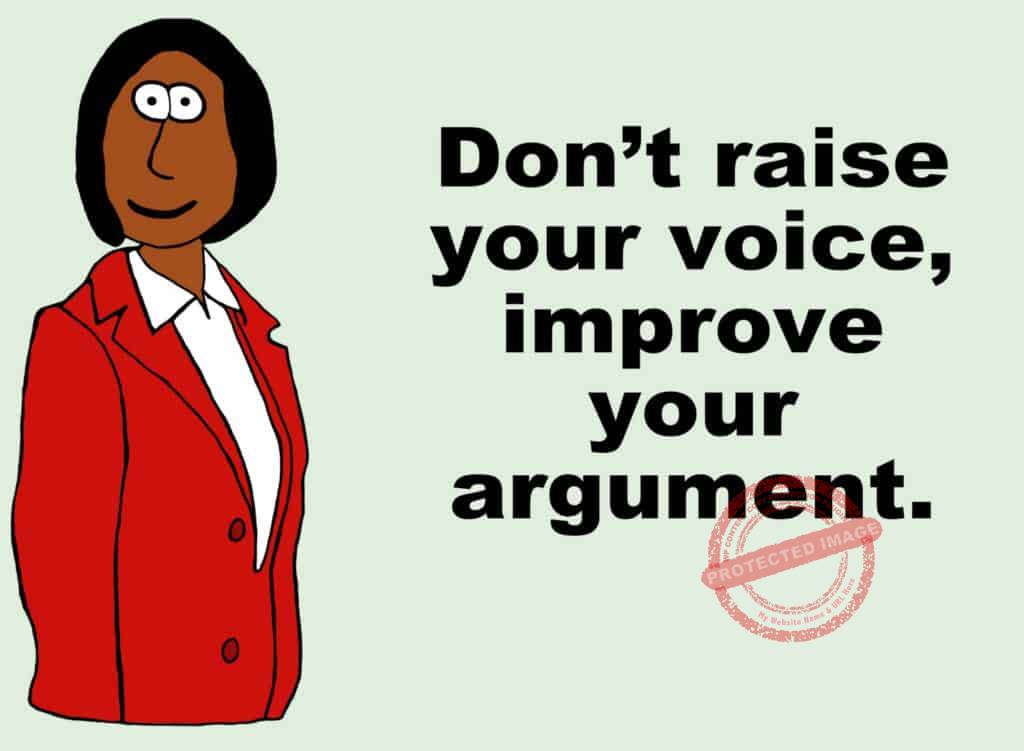
Another of the most effective strategies to resolve conflicts is to let your team or employees follow communication and conflict resolution guidelines.
However, take note that not everyone can accept every means of communication you implement in the workplace.
You need to investigate so you will know which form of communication they find acceptable and unacceptable.
It will also give you an idea of the ones that are counterproductive.
You should then create communication guidelines based on the results of your research.
Ensure that the guidelines you have set are those that everyone can willingly follow.
Get yourself involved when doing this.
As there is a chance that you may communicate in such a way that does not foster an open dialogue.
This might become a source of disagreement within your company or team in the long run.

Once you have set communication and conflict resolution guidelines, practice vigilance in enforcing them.
This will prevent you from having to face conflict too frequently or reprimand your people.
The guidelines should be clear so everyone can follow.
Furthermore, you need to implement them in a consistent and strategic manner.
Do Not Forget To Praise Your Staff

Praising your staff is crucial in preventing conflict.
Note that issues and disagreements may arise if your staff feels like they are undervalued and unappreciated.
That said, focus on creating an excellent working environment for everyone.
Do not hesitate to praise your employees and show your appreciation for their work.
Your goal here is to create a more open and positive working environment for everyone.
With such an environment, you can easily incorporate positivity and high employee morale in the workplace, leading to minimal disagreements and conflicts.
Finally,

Aside from implementing the strategies to resolve conflicts mentioned above, you also need to look at each conflict as an opportunity to learn and grow.
Note that the proper handling of conflicts and disagreements can produce healthy results to your team and organization.
Leverage each conflict in such a way that it promotes learning and team building.
You also need to assess what lessons you can learn from it and how you can prevent the issue from happening again.
Remember that workplace conflict, if improperly addressed by the leaders, can only damage your organization.
Learn to resolve it the right way and use it as an opportunity to grow and improve.
That way, you have a better chance of creating a positive working environment with minimal disagreements.
We bet you feel encouraged and empowered to take on conflict resolution at your workplace now!
Or do you have questions for us?
Please, share with us!
Click on Buy Now For a PDF Version of This Blog Post
 |
